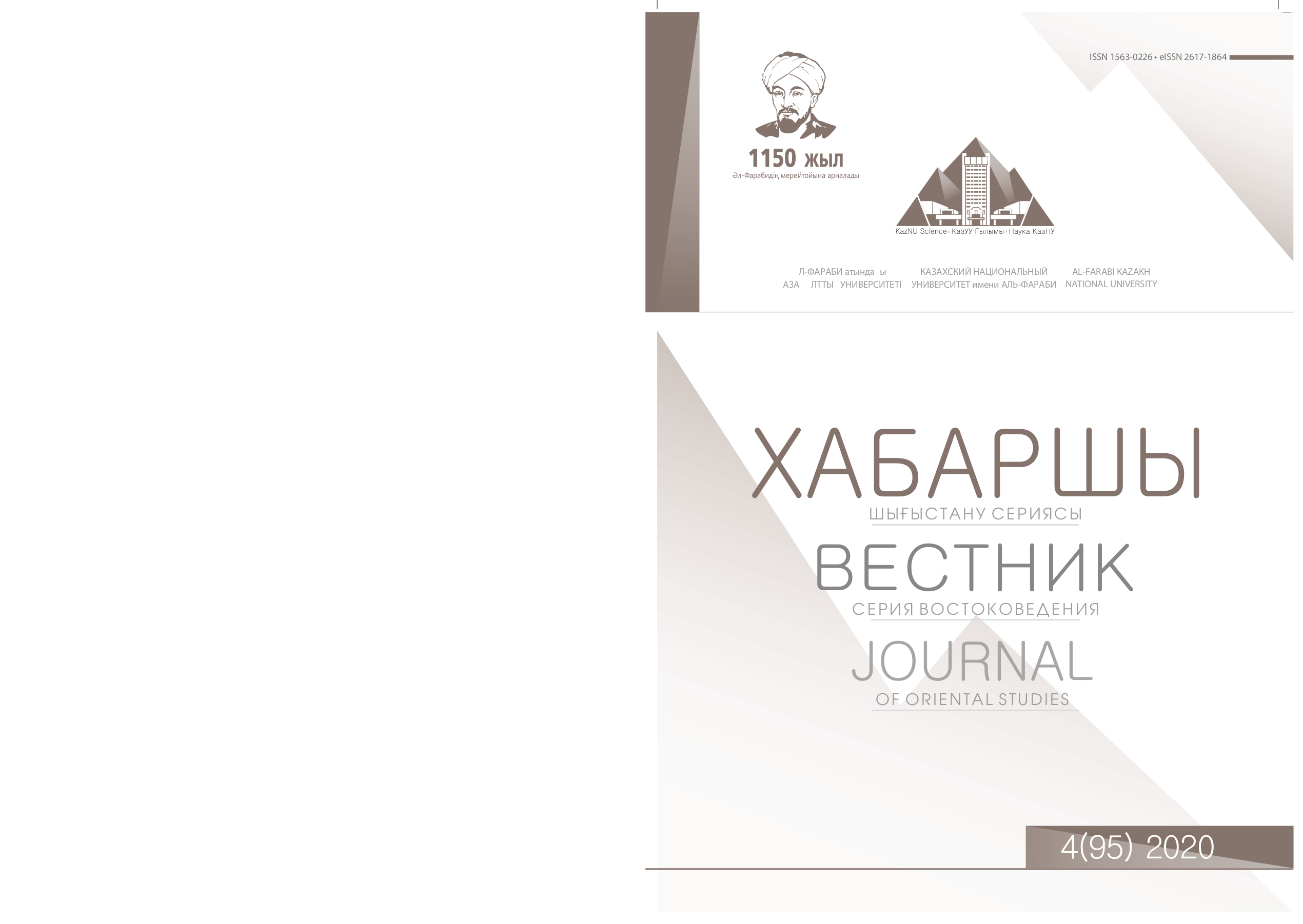General principles of presenting a picture of the world in the peoples of Central Asia
DOI:
https://doi.org/10.26577/JOS.2020.v95.i4.09Abstract
The vision of the world of Turkic peoples, historically formed in the everyday consciousness of this linguistic collective of the large macro-system of Turkic languages and reflected in them is a combination of ideas about the world and determines the way of conceptualizing reality. Each natural language reflects a certain way of perceiving and organizing (conceptualizing) the world. The values expressed in it form a certain unified system of views, a kind of collective philosophy, which is formed as mandatory for all native speakers. The language-specific way of conceptualizing reality is partly universal, partly nationally specific, so speakers of different languages can see the world a little differently, through the prism of their languages. In this article, we focus on the General Turkic view of the world in particular and the world view of the Central Asian peoples in general. All modern principles of the vision of the world of Central Asian peoples originates from the general archaic picture of the world and is the basis of modern cultural and religious ideas. Initially, it was “naive” in the sense that in many significant respects it differs from the “scientific” picture. Moreover, such a naive understanding of the world and ideas are by no means primitive: in many cases they are no less complex and interesting than scientific ones. For example, ideas about the inner world of man, which reflect the experience of introspection of dozens of generations over many millennia, still serves as a cultural marker among their modern descendants. Key worlds: Central Asian, Turkic worldview, Nationally specific, Picture of the World.




